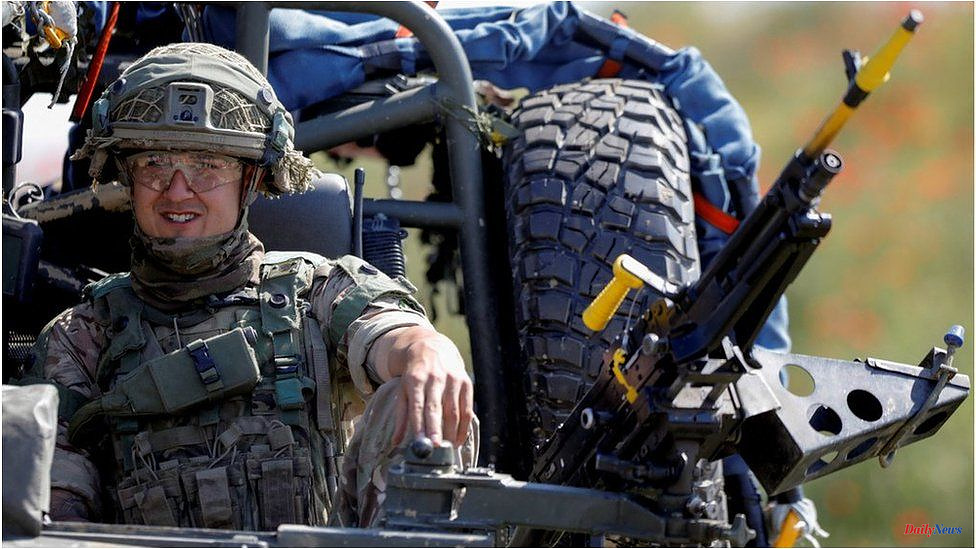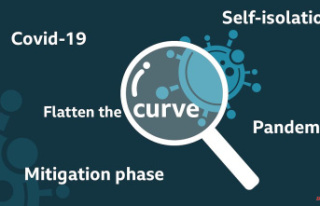While the prime minister has made a new commitment to defense spending, there has been some attention paid to one of his earlier promises.
Boris Johnson, a representative of NATO's military alliance in Madrid, stated that the UK would spend 2.5% (a measure of its economy size) at the end of the decade.
However, it is widely reported that the government will not keep the pledge on defense spending it made in its manifesto for 2019.
The pledge stated that "We will continue exceeding the Nato target to spend 2% of GDP for defence and increase our budget by at least 0.5% above the inflation each year of the new parliament." The GDP measures the economy's size.
We will revisit the question of the 2.5% or 2% of GDP. In these times of rising prices, it is the inflation promise which is attracting our attention.
When asked about the pledge, the prime minister replied that he was confident that he would meet it. Inflation is not a single point of data. It's viewed over the entire parliament's life. I am confident that we will achieve this.
It is evident that they promised that defense spending would increase by at least 0.5% per year in the manifesto.
We know this because of the current spending plans.
At the time of last autumn's Spending Review, the Treasury stated that the Ministry of Defence spending would drop between 2021-22 & 2024-5 by 0.4% per year after inflation adjustment.
Inflation expectations have increased since then, so it's more likely that there will be a larger fall.
The pledge was broken but that is not the end of the story about what has been happening with defense spending.
Prime minister: We should consider spending the entire parliament between general elections.
This shows that defense spending will increase on average by 1.5% per annum above inflation. That is a lot more than what the manifesto promised.
What is the reason for this? This is because in 2020, the government announced a 4-year funding agreement for defense spending. It gave a lot of extra money in the beginning years.
The government could, in other words, have spent the same amount as the parliament to fulfill its promise and kept some money for later use.
However, this would have been a great help to the Ministry of Defence.
This is based on inflation forecasts and spending plans. What actually happens in the next few years might not be as expected.
The NATO members are required to spend at minimum 2% of their GDP for defense, but only about a third do.
Johnson stated that 2.3% GDP currently goes on defense (that's the number for 2021), and that the UK would be at 2.5% by 2030. He also suggested that NATO should raise the target for all its members.
This is a slightly different measure of defense spending than the one we've been discussing so far. It was calculated by NATO, which also includes some items that aren't part of the Ministry of Defence budget.
The Treasury is responsible for spending money on Ukraine support, and not the Ministry of Defence. It is credited towards our Nato figure, but not to the departmental budget.
After Defence Secretary Ben Wallace had called for an increase in defence spending, the pledge was made to meet the Russian threat.
According to reports, he called for spending 2.5% of GDP by 2028.
There is also the question of whether or not the Ministry of Defence has the money it needs to finance its current activities, even though we don't know how much.
It will be affected if fuel prices rise, and military equipment costs tend to go up faster than normal inflation. Equipment sent to Ukraine will also need to be repaired.
It is not likely that the Armed Forces Pay Review Board will recommend a 10% increase.
Which claims would you like BBC Reality Check investigate? Get in touch
Reality Check has more information












